11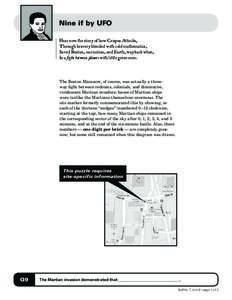 | Add to Reading ListSource URL: www.baphl.orgLanguage: English - Date: 2013-04-26 14:36:37
|
|---|
12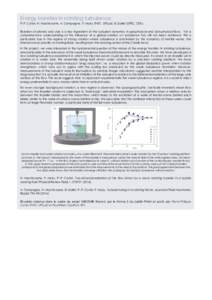 | Add to Reading ListSource URL: www.labex-palm.frLanguage: English - Date: 2017-11-06 07:07:53
|
|---|
13 | Add to Reading ListSource URL: astronomy101.jpl.nasa.govLanguage: English - Date: 2018-02-06 17:12:30
|
|---|
14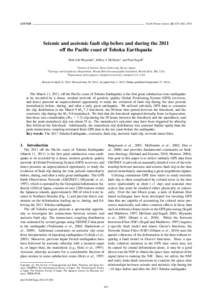 | Add to Reading ListSource URL: earthsci.stanford.edu- Date: 2015-10-13 18:31:31
|
|---|
15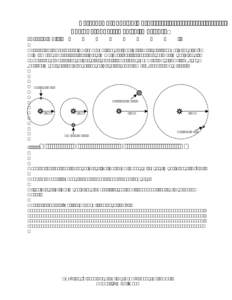 | Add to Reading ListSource URL: astronomy101.jpl.nasa.gov- Date: 2017-09-19 16:11:14
|
|---|
16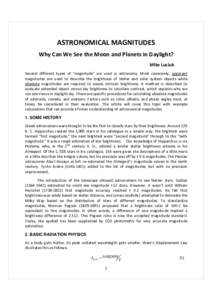 | Add to Reading ListSource URL: www.asterism.org- Date: 2013-11-22 19:32:37
|
|---|
17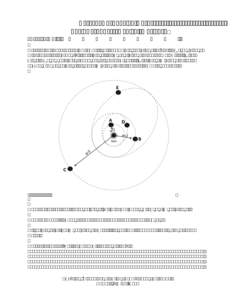 | Add to Reading ListSource URL: astronomy101.jpl.nasa.gov- Date: 2017-09-19 16:11:14
|
|---|
18 | Add to Reading ListSource URL: www.galaxykate.com- Date: 2017-08-25 15:30:03
|
|---|
19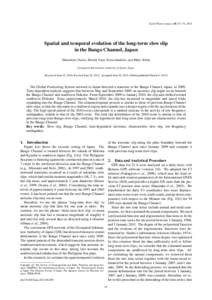 | Add to Reading ListSource URL: www.terrapub.co.jp- Date: 2013-03-05 04:47:47
|
|---|
20 | Add to Reading ListSource URL: philofaxy.com- Date: 2016-09-01 05:16:28
|
|---|